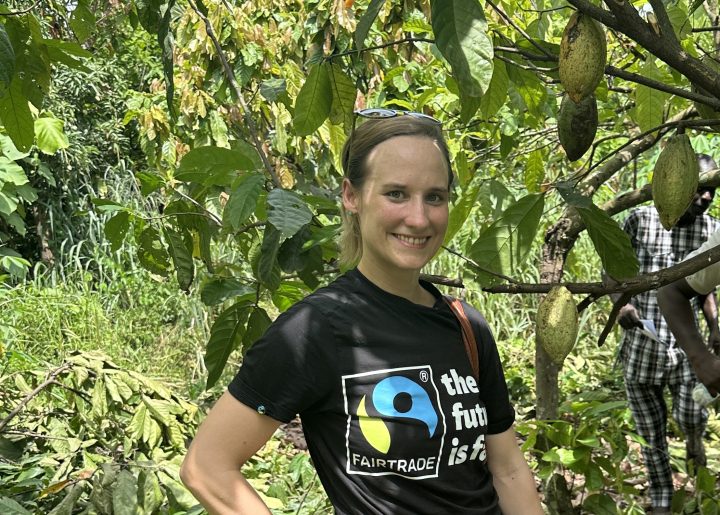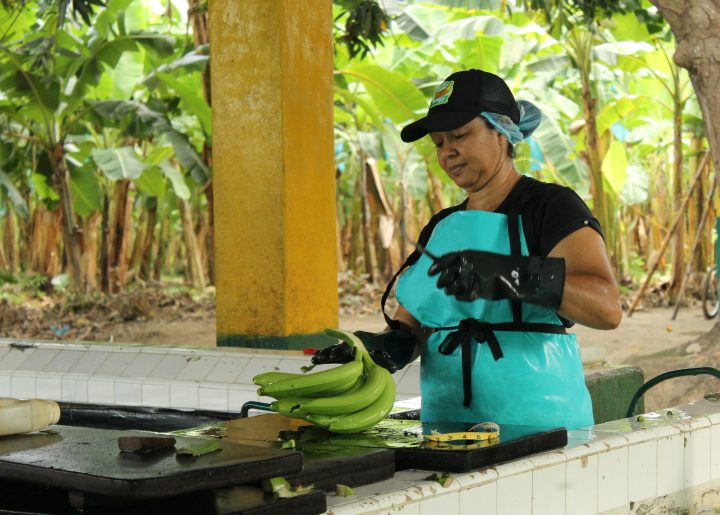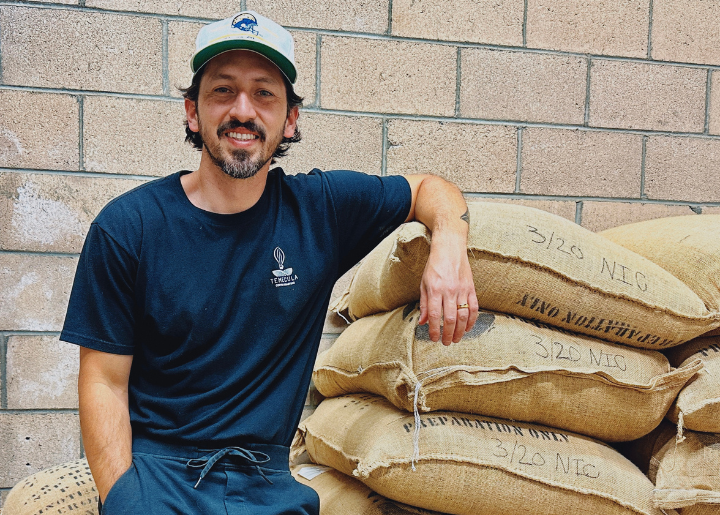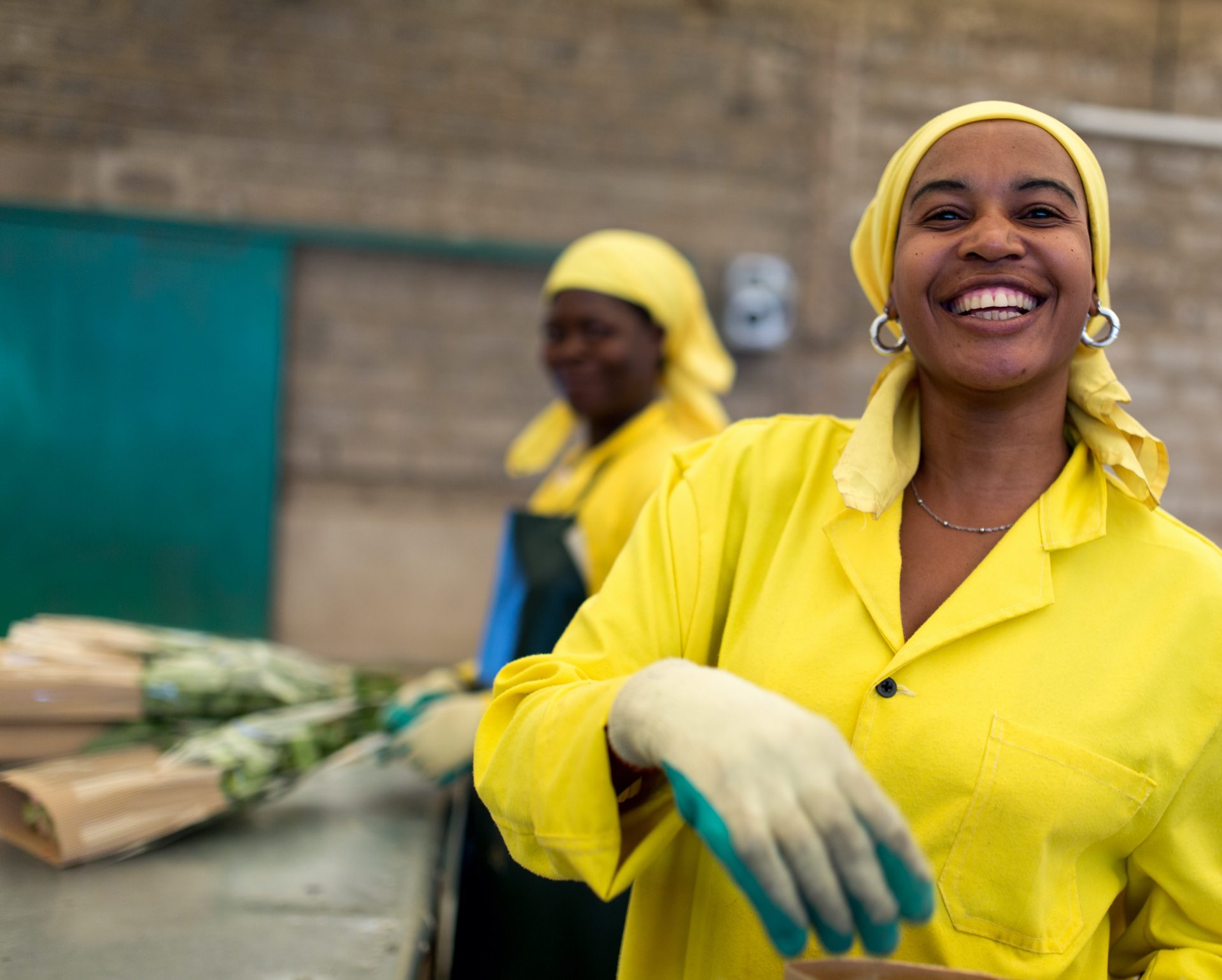Fairtrade cotton better for the environment and communities, new research shows
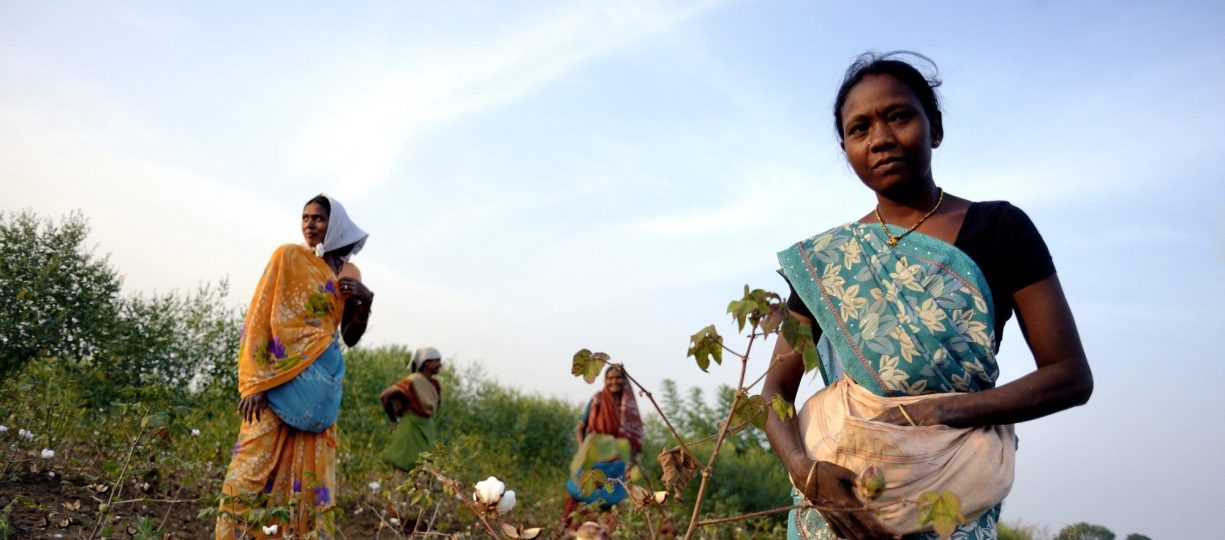
According to new research, the social and environmental footprint of cotton from Fairtrade farmers is five times lower than conventionally produced cotton.
Conventionally farmed cotton takes a heavy environmental and social toll, which can affect its long-term viability. In the multi-billion dollar clothing and textile industry that relies on cotton, millions of smallholder farmers do not earn enough to pay for life’s essentials. These smallholders face long-term threats, including climate change, food security, biotechnology, and ‘fast fashion’. These threats combine to create risks and opportunities for the cotton industry.
New research from Fairtrade provides fashion brands with a useful new tool to enhance visibility of their sourcing and deepen understanding of their social and environmental responsibilities. Apparel brands that rely on cotton have an opportunity to make informed strategic decisions that will help create a more resilient business that is accountable for their environmental and social impacts.
The study conducted by the Pi Foundation, GIST Advisory and Trucost, and commissioned by the Fairtrade Foundation (UK), used a methodology that measured the environmental and social impacts on rural households in India, one of the world’s largest cotton producers.
The valuation tool translates environmental and social values into the language of business and economics. With an overall indication of cost and benefit, companies can identify trade-offs and synergies in a systematic way.
The study found that the combined social and environmental costs of Fairtrade cotton farming are five times lower than that of conventional cotton farming. Data showed that the impacts of Fairtrade farming methods were 97% lower for the social elements and 31% lower for environmental components studied.
The most significant social advantage for Fairtrade farmers was increased income. The research compared community benefits from Fairtrade Premiums, fairer wages, income for farmers, engagement in unacceptable labor practices, such as child labor, and social costs of overtime. It revealed that Fairtrade cotton farmers tend to have lower social costs and higher social benefits.
Fairtrade cotton performed significantly better than conventional cotton on nearly all environmental indicators. Areas surveyed included land use, water pollutants, water use, GHG emissions and soil pollutants. Fairtrade cotton’s cost in land use was slightly higher than conventional as the yield per acre for organic cotton is lower.
“Cotton is an integral part of our lives, from the sheets on our beds to the identity we project through the clothes we wear. Not only that, cotton also provides livelihoods for millions across the globe,” Subindu Garkhel, cotton manager at the Fairtrade Foundation.
“But there is a strong cost for people and planet with cultivating the cotton that goes into our clothes, and our study shows that is markedly higher for conventional cotton farming. This research illustrates how Fairtrade empowers farmers to decide their own future and has a substantially lower footprint than conventional cotton.”
The study was released to coincide with the anniversary of the Rana Plaza garment factory collapse, a tragedy which killed 1134 people and woke up the world to the problems in our fashion supply chains. It marks the start of Fashion Revolution Week (24 – 30 April 2017), the global campaign demanding greater transparency in the fashion supply chain.
This press release originally posted by the Fairtrade Foundation on April 24, 2017.###
About the Study
The Fairtrade Foundation (UK) commissioned Pi Foundation, GIST Advisory and Trucost to quantify and value social and environmental externalities from cotton farming in India. The boundaries of the analysis were defined through a scoping exercise. Social externalities included in the study were community benefits from the Fairtrade Premium, benefits from fairer wages, income benefits for farmers, and the social costs of child labor and overtime. Environmental externalities included were: greenhouse gas emissions, water use, soil pollution, water pollution, and land use.
Two types of farming systems were compared: Fairtrade cotton farming and conventional cotton farming. Data was collected through questionnaires, household surveys, management interviews and focused group discussions. Sample size for the survey was 150 farmers.
The data used to calculate the results was a combination of primary sources and secondary sources. Primary data sources were provided by the Pi through surveys completed on the cotton farms. Secondary data sources were identified through a literature review and used to fill the data gaps.
Learn more at www.fairtradeamerica.org or follow Fairtrade America on @FairtradeMarkUS.
Press Office
+1.202.391.0525
questions@fairtradeamerica.org
Topics
We’re in this together
Fairtrade America partners with brands on the journey to certification and beyond. We can help with everything from finding a certified supply chain to marketing your newly certified product.
Get in Touch
